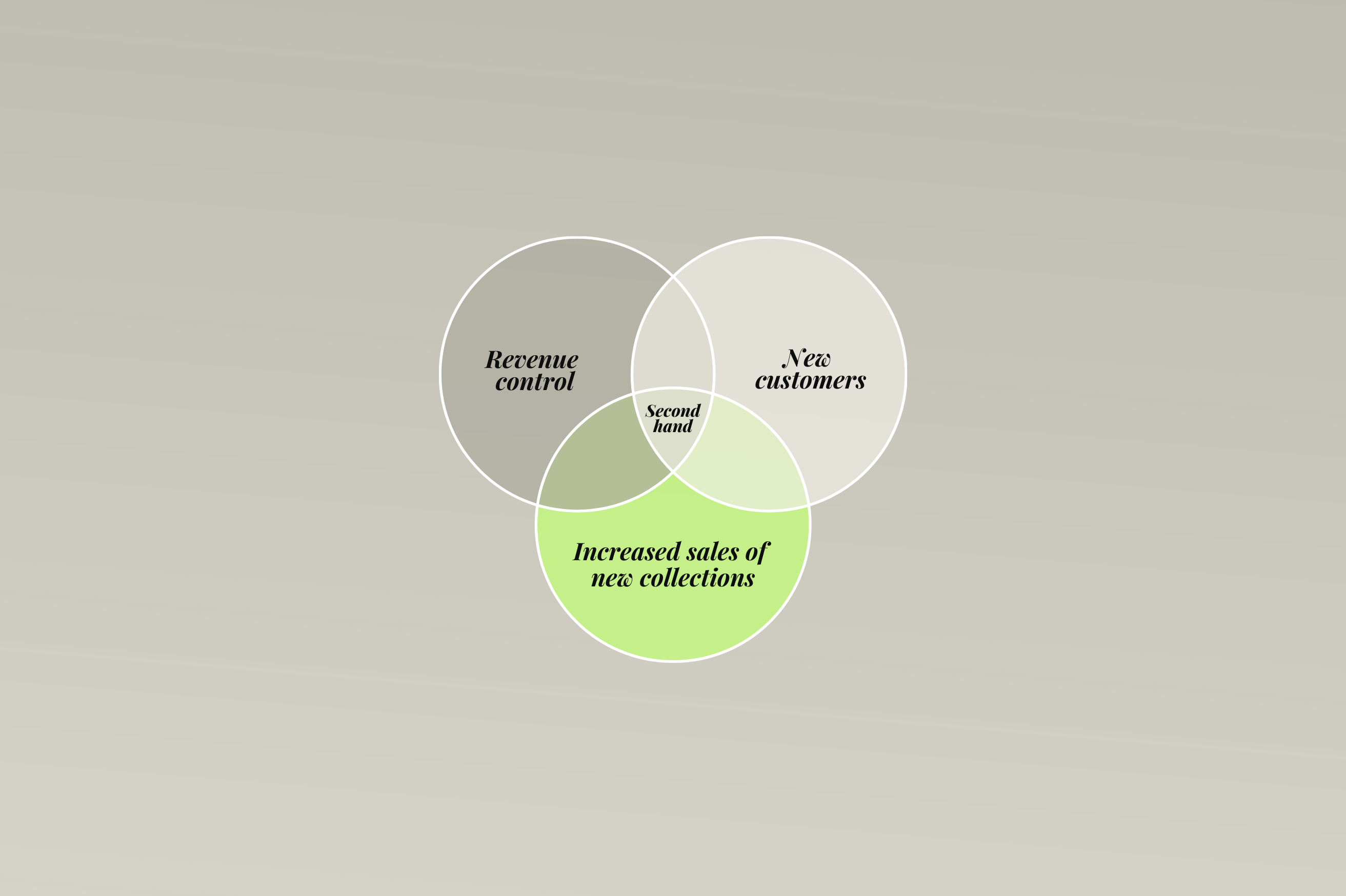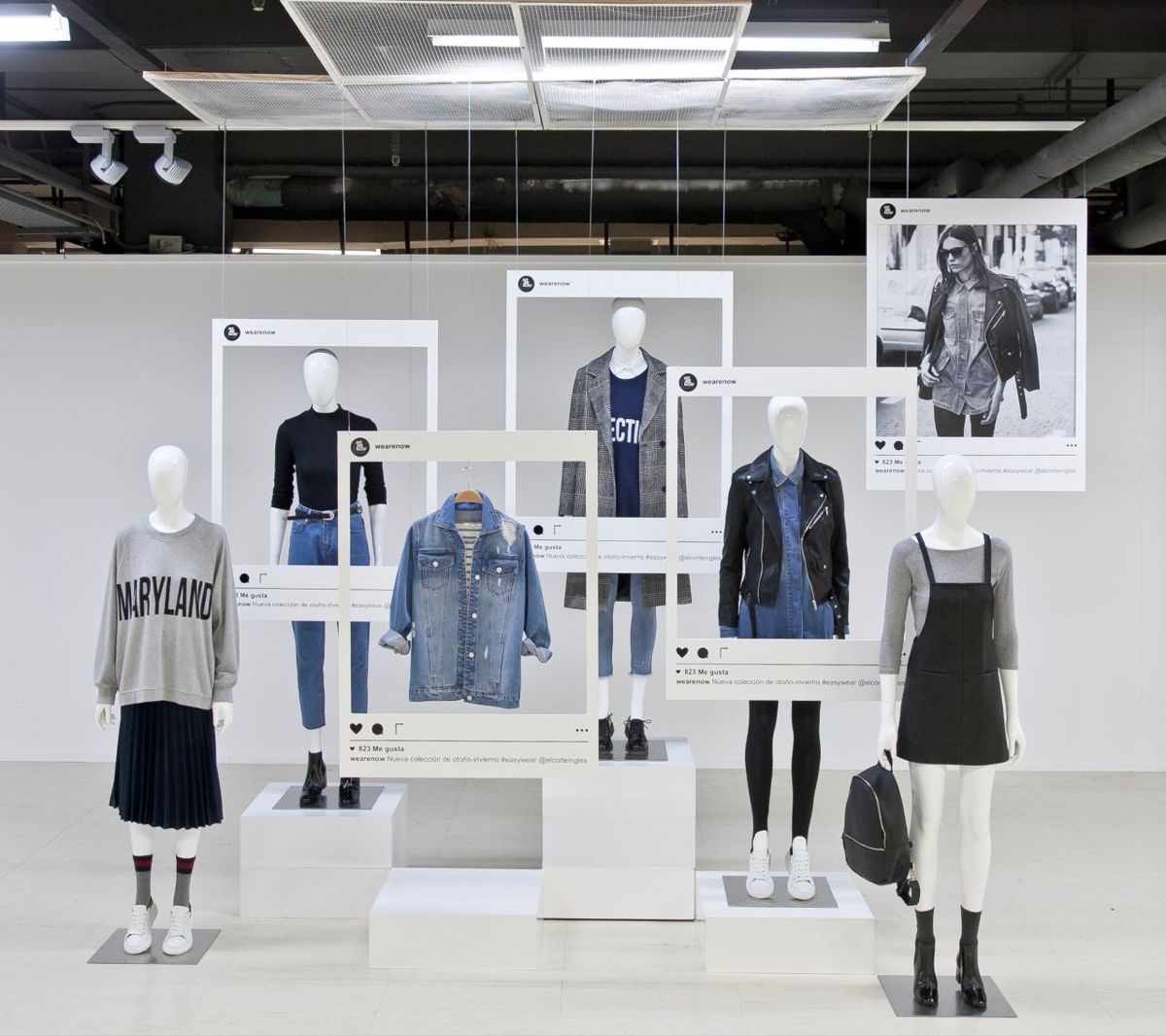From Frenzy to Awareness: How Secondhand Fashion is Slowing Down the Industry

Fast fashion has dominated the fashion landscape for decades, enticing consumers with low prices, rapidly renewed trends, and unparalleled accessibility. But this approach comes at a hidden cost: alarming environmental and social impacts. In response, slow fashion is emerging as a sustainable alternative, driven by the rise of secondhand fashion. This more responsible model is transforming the way we consume, reconciling fashion with ecological awareness.
Fast Fashion: The Obvious Limits
Imagine an industry producing over 100 billion garments annually, with 85% of them ending up in landfills or being incinerated. That’s the reality revealed by a McKinsey study in 2023. This frenzy of production and consumption comes at a massive cost for our planet:
• Environmental Impact: The fashion industry accounts for 10% of global greenhouse gas emissions, and producing a single t-shirt consumes around 2,700 liters of water—equivalent to what one person drinks in two years.
• Social Impact: Poor working conditions in textile factories, epitomized by tragedies like the Rana Plaza collapse in Bangladesh in 2013, highlight the exploitation inherent in a system focused on minimizing labor costs.
Despite these realities, fast fashion remains omnipresent. Brands like Shein, Temu, and Zara continue to feed a constant desire for novelty, fueled by relentless marketing. However, a profound shift is underway with the growing adoption of slow fashion and secondhand practices.
Slow Fashion: A Necessary Response
Slow fashion doesn’t advocate for abandoning style—it’s about reinventing it. The focus shifts to quality, durability, and ethics, far removed from the frantic consumption cycles of fast fashion. It’s about buying less but better, wearing timeless pieces that resist fleeting trends.
While this may sound utopian in a world obsessed with novelty, secondhand fashion serves as a catalyst for this transformation.

Secondhand Fashion: The Backbone of Slow Fashion
Circular fashion allows consumers to discover new pieces without fueling overproduction. In 2023, the global secondhand market was valued at $177 billion, according to ThredUp, and is projected to grow three times faster than fast fashion by 2030.
Platforms Revolutionizing Consumption
Platforms like Vinted, Vestiaire Collective, and The RealReal have made secondhand fashion accessible to all. These players breathe new life into forgotten garments while democratizing luxury. For instance:
• Vinted boasts over 80 million active users in Europe, proving that secondhand is no longer a niche market.
• Vestiaire Collective recently banned fast fashion products from its platform, solidifying its ethical stance.
Brands Embracing the Change
Traditional brands are also integrating secondhand into their business models:
• Patagonia, a pioneer in slow fashion, launched its “Worn Wear” program in 2017, encouraging customers to resell or repair their used items.
• COS, part of the H&M Group, offers a resale service directly on its website, signaling a paradigm shift even among fast fashion leaders.
These initiatives provide consumers with a sustainable alternative to buying new, extending the lifespan of existing garments.
The Numbers Speak for Themselves
The transition from fast fashion to slow fashion, fueled by secondhand practices, is already yielding significant results:
• Buying secondhand instead of new reduces a garment’s carbon footprint by 82% (ThredUp).
• The resale fashion sector is expected to save over 300 million tons of CO2 emissions by 2030.
• Approximately 70% of millennials and Gen Z prioritize secondhand shopping, driven by environmental and economic concerns.
These statistics show that secondhand fashion isn’t just competing with fast fashion—it’s becoming a legitimate, sustainable alternative.
A Cultural Revolution in Progress
The rise of secondhand fashion reflects a broader shift in mindset. Where fast fashion represents disposability, slow fashion celebrates care and attachment to garments.
Consumers are adopting practices that reinforce this trend:
• Quality pieces are becoming investments: Buying timeless, well-crafted items, even secondhand, is seen as a responsible and stylish choice.
• Repairs are gaining traction: Workshops like those offered by Levis or Aigle encourage repairing instead of discarding.
• Vintage fashion is becoming desirable: Brands like Dior and Yves Saint Laurent are seeing their archive pieces fetch record prices on the secondary market.
Challenges to Overcome
While secondhand and slow fashion are gaining momentum, they face several obstacles:
1. Logistics and Transportation: Secondhand commerce often involves shipping, which can offset its environmental benefits if distances are long.
2. Consumer Education: Many consumers remain influenced by fast fashion, drawn to its low prices and accessibility.
3. Brand Adaptation: Not all brands are prepared to integrate circularity into their business models, requiring significant investments.

From Fast Fashion to Slow Fashion: A Future Made Possible by Secondhand
Secondhand fashion is far more than an alternative—it’s an invitation to rethink our relationship with clothing. It encourages us to slow down, see garments as stories rather than mere objects, and adopt a more conscious approach to consumption.
As Stella McCartney aptly stated:
“Fashion can be a positive force if we choose to value quality over quantity. Secondhand is a bridge to that future.”
In a world searching for meaning and sustainability, the transition to slow fashion, supported by secondhand practices, is not just a trend—it’s a necessity.
Stay ahead of the game!
Sign up to FAUME's The Secondhand Review newsletter
Read inspiring stories from brands that have successfully launched their secondhand businesses with FAUME







